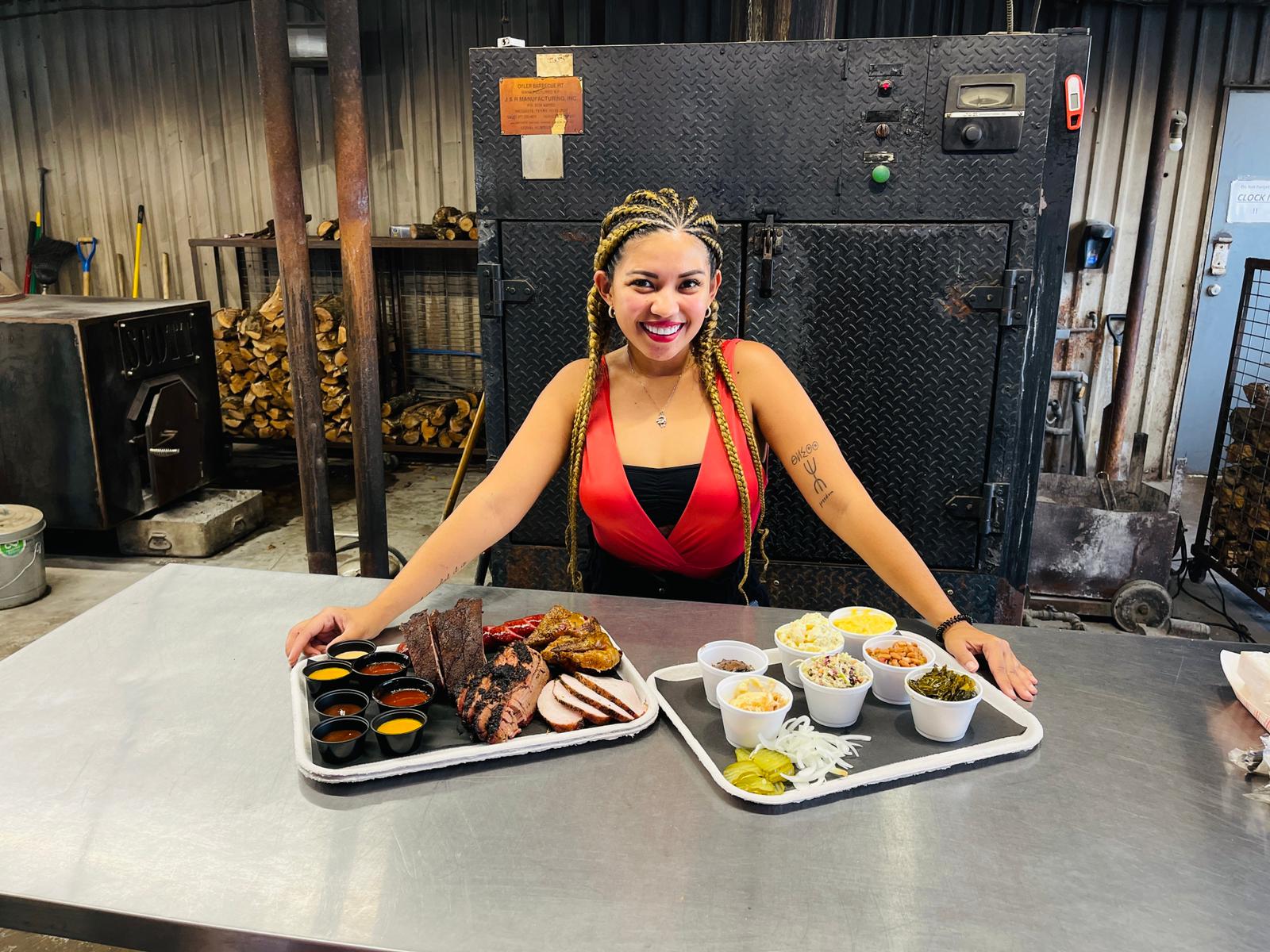Breaking News
Has California’s progressive facade been shattered beyond repair

Upon learning that California voters were inclined to approve a tough-on-crime ballot initiative in September, Governor Gavin Newsom expressed surprise, stating, “I was wondering what state I’m living in.” This sentiment reflects the reality that California is not as deeply blue as it may seem.
The November election results unveiled a different picture of the Golden State – a mixture of red, blue, and purple. This color scheme symbolizes the electorate’s varied sentiments.
California residents, burdened by high taxes, utility bills, gasoline prices, housing costs, insurance rates, and grocery expenses, along with public policies that seem to foster crime, drug use, homelessness, and business exodus, have reached a breaking point.
This frustration was reflected in the voting booths.
In early November, voters in and around Vice President Kamala Harris’ hometown of Oakland removed Mayor Sheng Thao and Alameda County District Attorney Pamela Price in separate recall elections.
In Los Angeles County, the hyper-progressive District Attorney George Gascón was ousted by voters.
Both cities are grappling with spikes in crime and homelessness.
In San Francisco, Mayor London Breed was voted out by a 13-point margin and replaced by a more moderate Democrat, Daniel Lurie, who pledged to eradicate the “perception that lawlessness is an acceptable part of life.”
Some Californians suspect that lawlessness may have infiltrated the state’s electoral process.
A week after the polls closed, only about 80% of the vote had been counted.
Why the delay?
California’s voting process is extensive and labor-intensive. The state requires counties to accept mail ballots for seven days after Election Day.
No postmark is necessary as long as “the voter has dated the vote-by-mail ballot identification envelope or the envelope otherwise indicates that the ballot was executed on or before Election Day.”
The deadline for submitting mail ballots to county offices closed on Nov. 12.
California sends a ballot to every active registered voter, totaling about 22 million. In-person voting is also an option, and no identification is required.
When the city of Huntington Beach attempted to implement a voter ID requirement earlier this year, Attorney General Rob Bonta and Secretary of State Shirley Weber filed a lawsuit to invalidate the mandate.
Newsom later signed Senate Bill 1174, preventing any city in California from enacting its own voter ID mandate.
“The implementation of voter identification laws in municipal elections conflicts with California’s established, well-balanced methods of ensuring election integrity across the state,” the new law stated.
However, not everyone is convinced.
Recently, as Newsom called an emergency special session of the legislature to safeguard the state’s “California values” from potential attacks by Trump, the president-elect insisted on his Truth Social account that “I will be DEMANDING THAT VOTER I.D., AND PROOF OF CITIZENSHIP, ARE A NECESSARY PART AND COMPONENT OF THE VOTING PROCESS!”
A recent Gallup poll revealed that 83% of Americans support a citizenship proof requirement for registration and 84% support a photo ID mandate for voting.
Trump’s popularity has increased in California. His share of the popular vote was 31.6% in 2016, 34.3% in 2020, and reached 40% before settling at 38.2% as more ballots were tallied this year.
This marks a significant increase.
Republican US Senate candidate and former Major League Baseball All-Star Steve Garvey surpassed expectations in his campaign against Democratic Rep. Adam Schiff, securing 41% of the statewide vote. Only 25% of registered voters are Republicans.
In September, Garvey’s campaign announced a minimum $5 million investment in television, radio, and digital ads targeting California’s Latino community.
“This all-in Latino community strategy is unprecedented in statewide campaigns in California, by either Democratic or Republican candidates,” the campaign stated.
Garvey’s efforts may have contributed to Trump’s increased support from Latino voters, which stood at 45% according to NBC exit polls, a 13-point rise from 2020.
California may appear more liberal due to its 77% Democrat-majority legislature. As a result, there is little opposition to the state’s most extreme leftist proposals, which Newsom often touts as “national leadership.”
However, when ordinary Californians vote on ballot measures, the outcomes are frequently neither extreme nor leftist.
Voters rejected Propositions 5 and 33 last week, which would have led to substantial property tax increases and rent control ordinances, respectively.
They also opposed eliminating work requirements for prison inmates.
Additionally, the popular tough-on-crime measure, Prop. 36, received 69% of the vote, despite Newsom’s objections.
“Sounds like the voters know where Newsom is. He’s in their way.”
Susan Shelley is a columnist and editorial writer for the Southern California News Group and vice president of the Howard Jarvis Taxpayers Association. On X.com @Susan_Shelley.
-

 Destination7 months ago
Destination7 months agoSingapore Airlines CEO set to join board of Air India, BA News, BA
-

 Breaking News8 months ago
Breaking News8 months agoCroatia to reintroduce compulsory military draft as regional tensions soar
-

 Tech News11 months ago
Tech News11 months agoBangladeshi police agents accused of selling citizens’ personal information on Telegram
-

 Breaking News9 months ago
Breaking News9 months agoBangladesh crisis: Refaat Ahmed sworn in as Bangladesh’s new chief justice
-

 Guides & Tips9 months ago
Guides & Tips9 months agoHave Unlimited Korean Food at MANY Unlimited Topokki!
-

 Gaming8 months ago
Gaming8 months agoThe Criterion Collection announces November 2024 releases, Seven Samurai 4K and more
-

 Toys11 months ago
Toys11 months ago15 of the Best Trike & Tricycles Mums Recommend
-

 Productivity10 months ago
Productivity10 months agoHow Your Contact Center Can Become A Customer Engagement Center
























